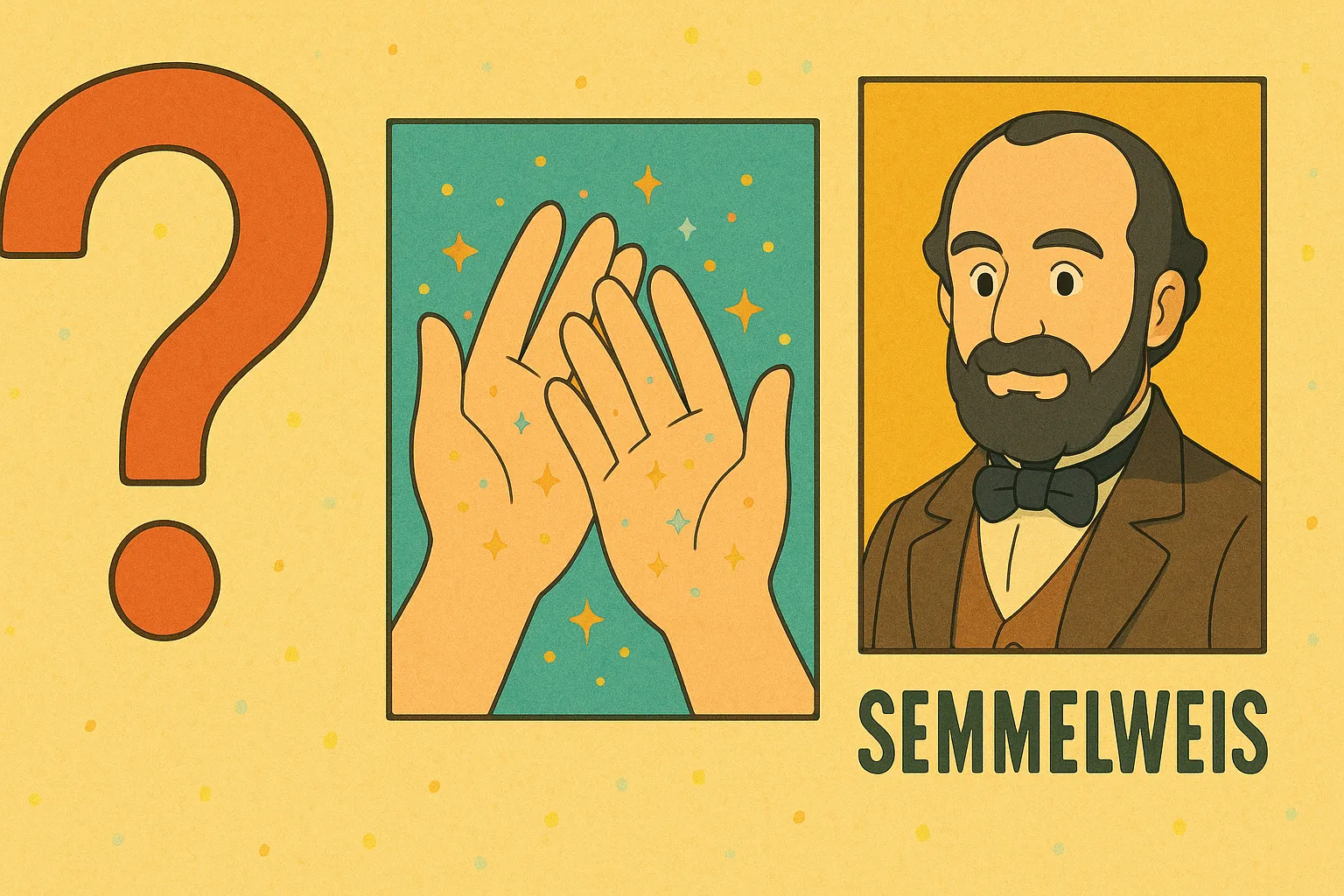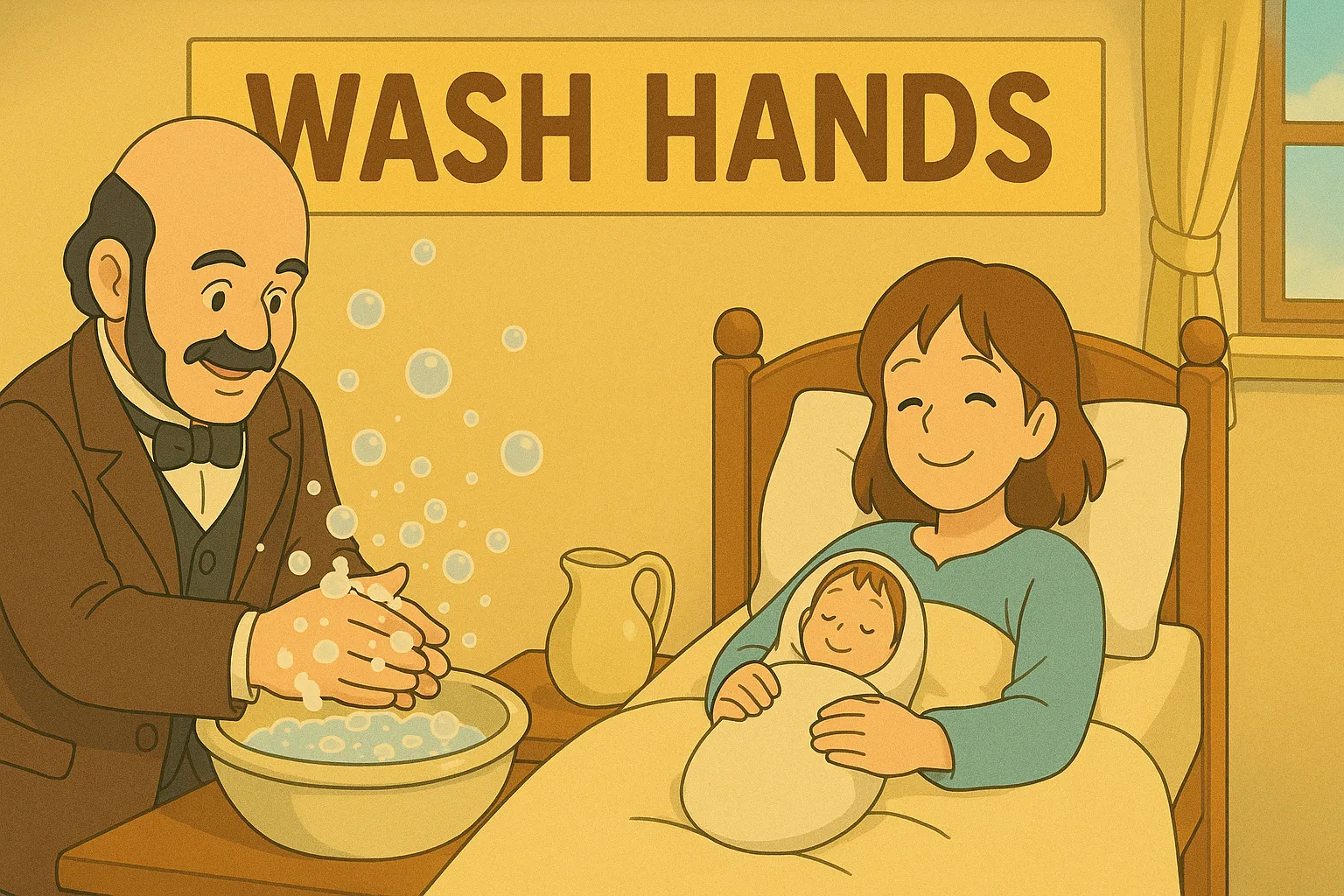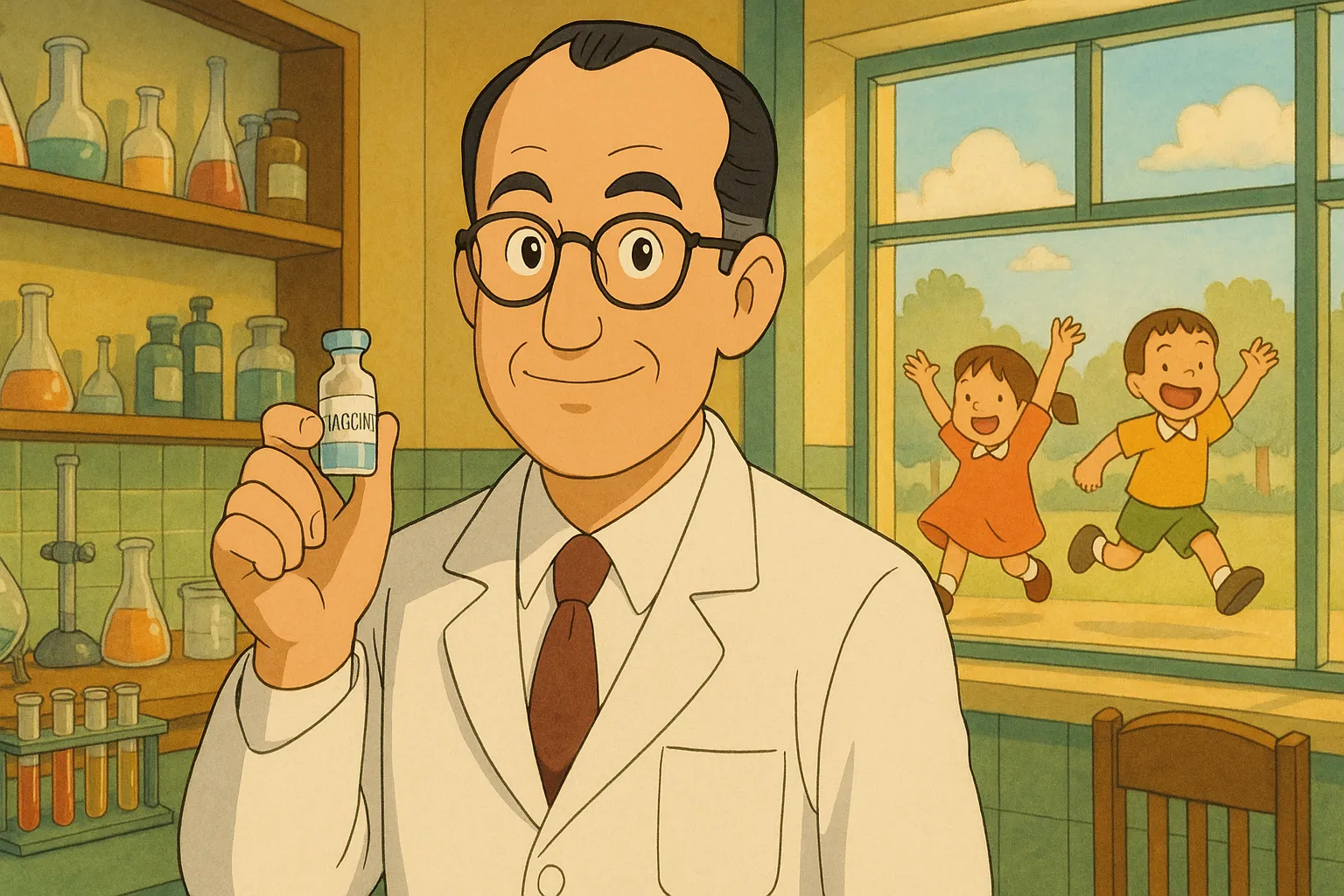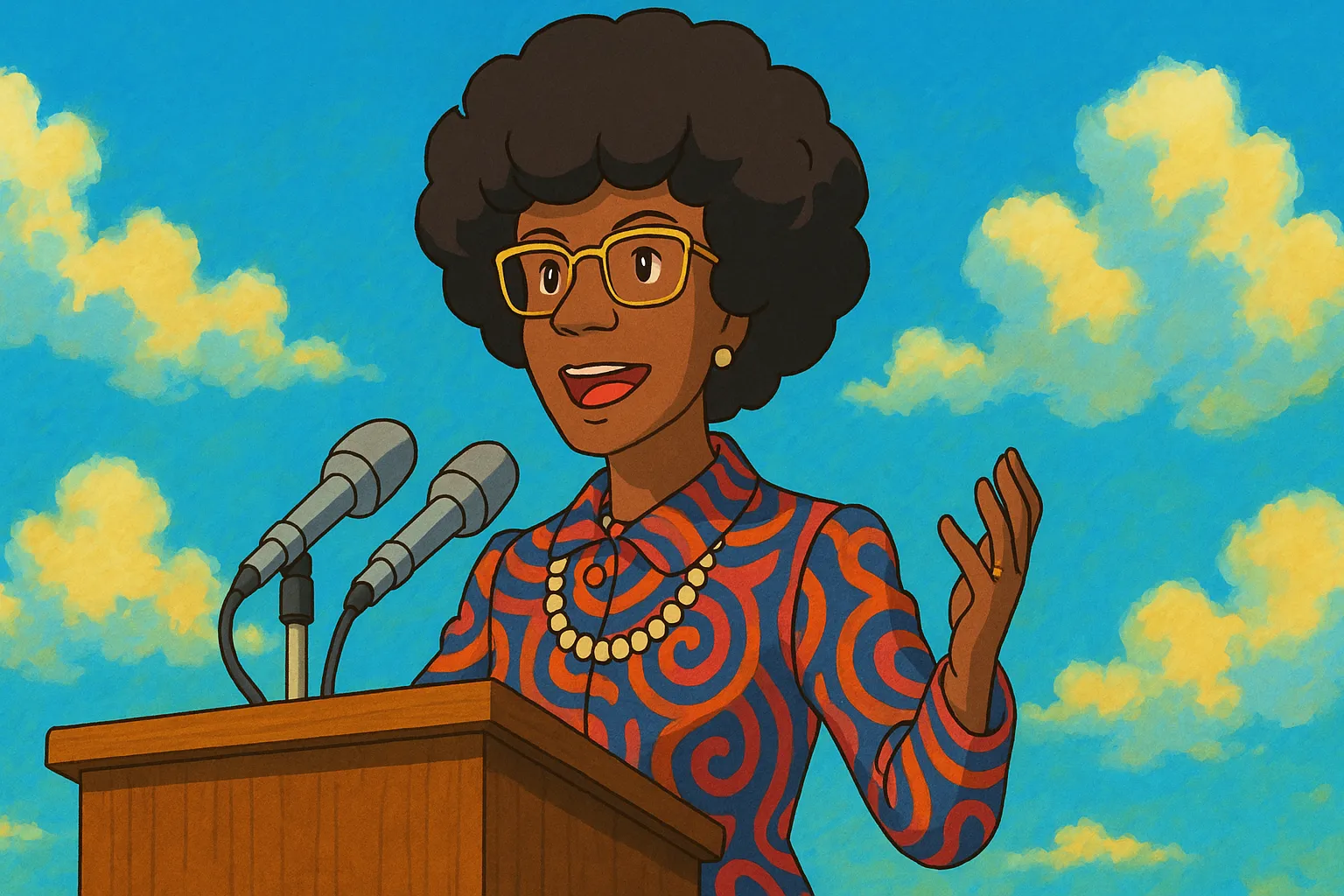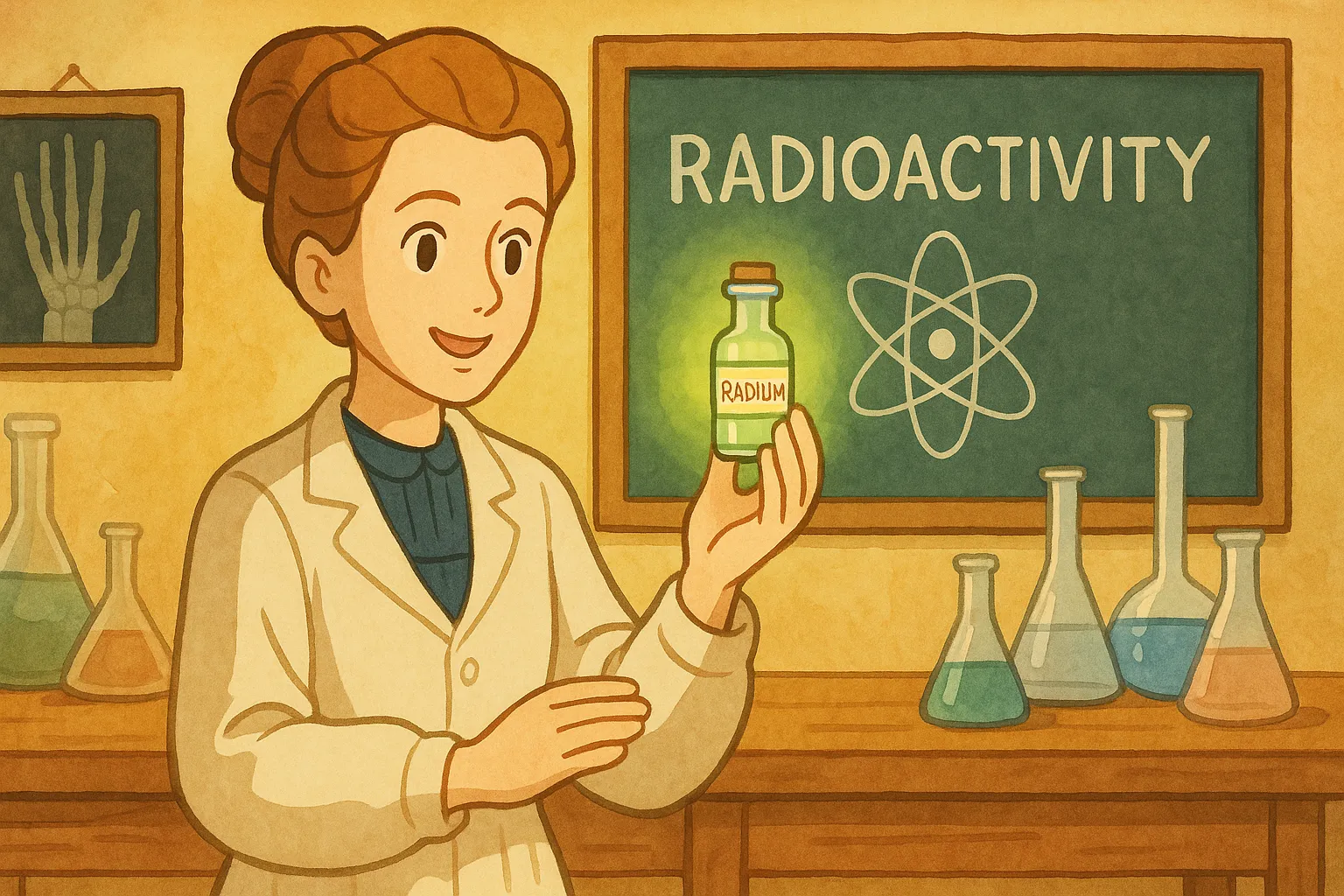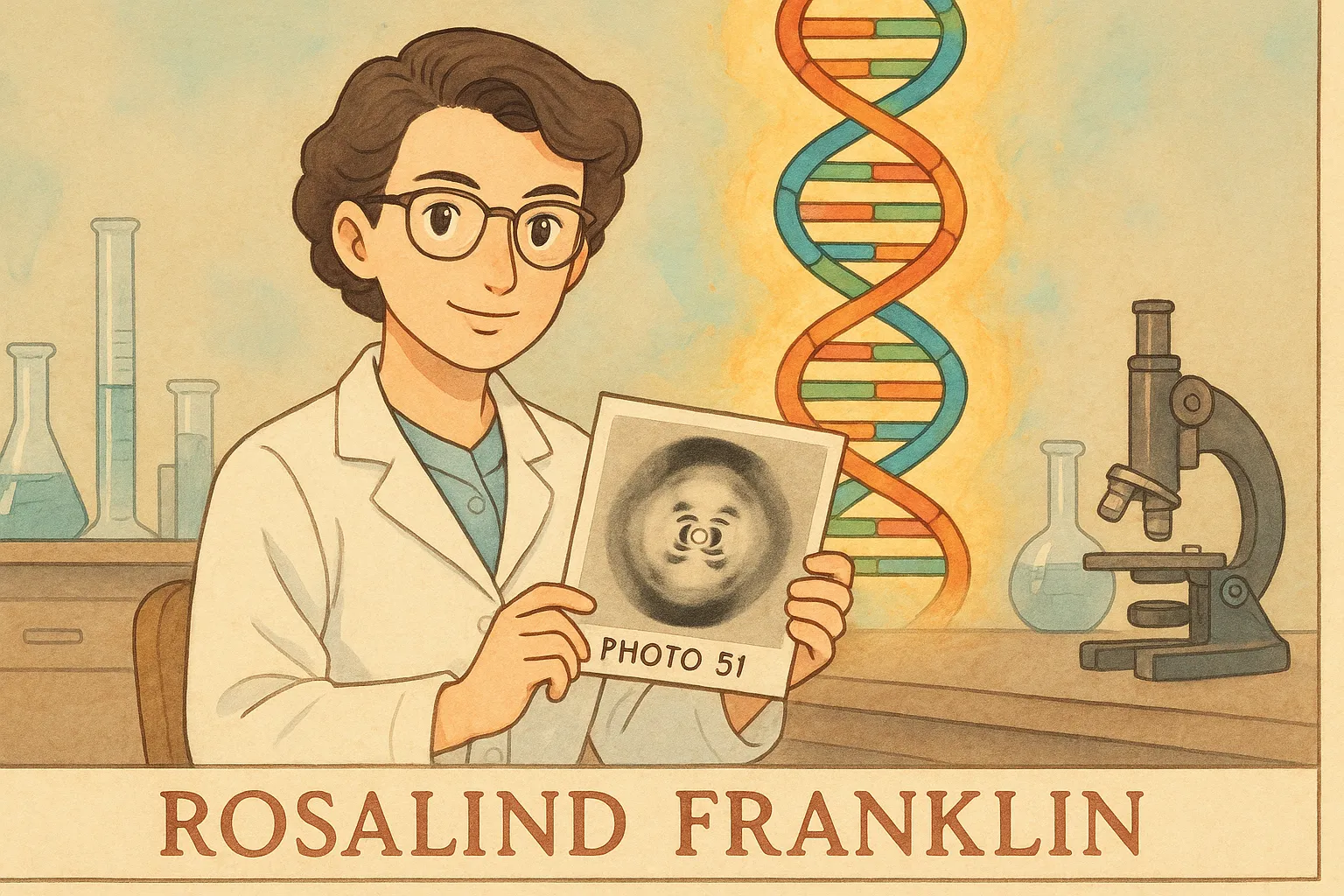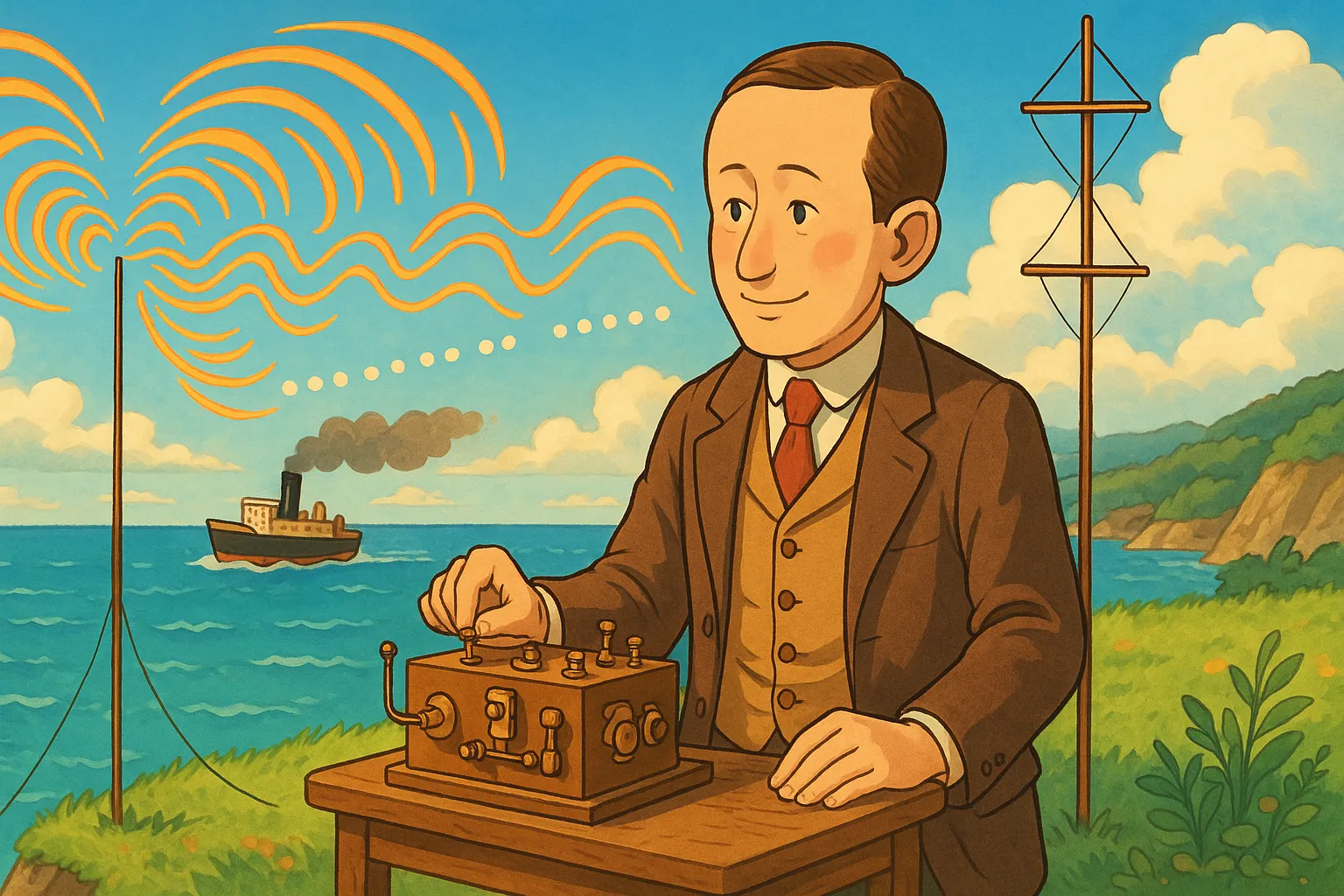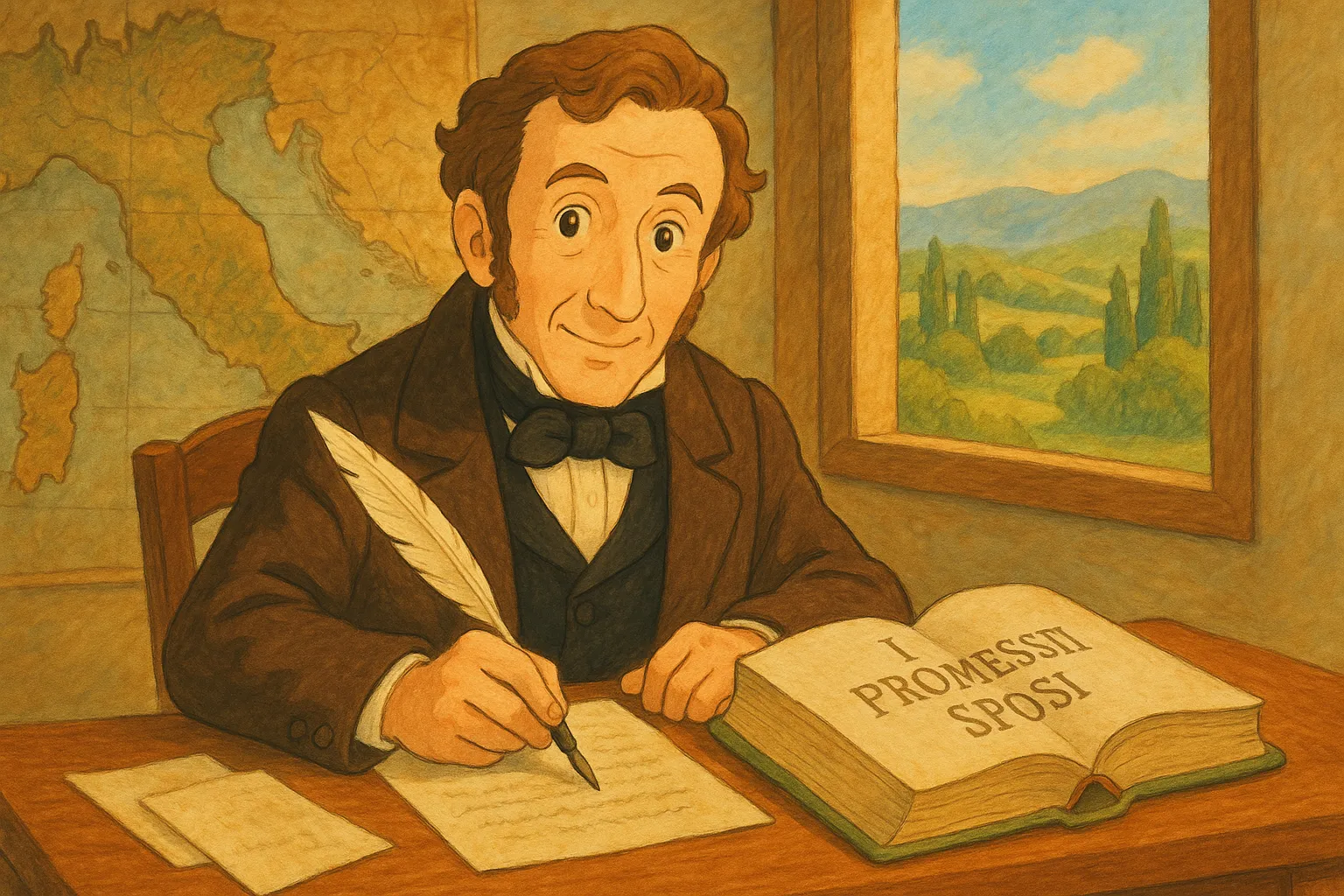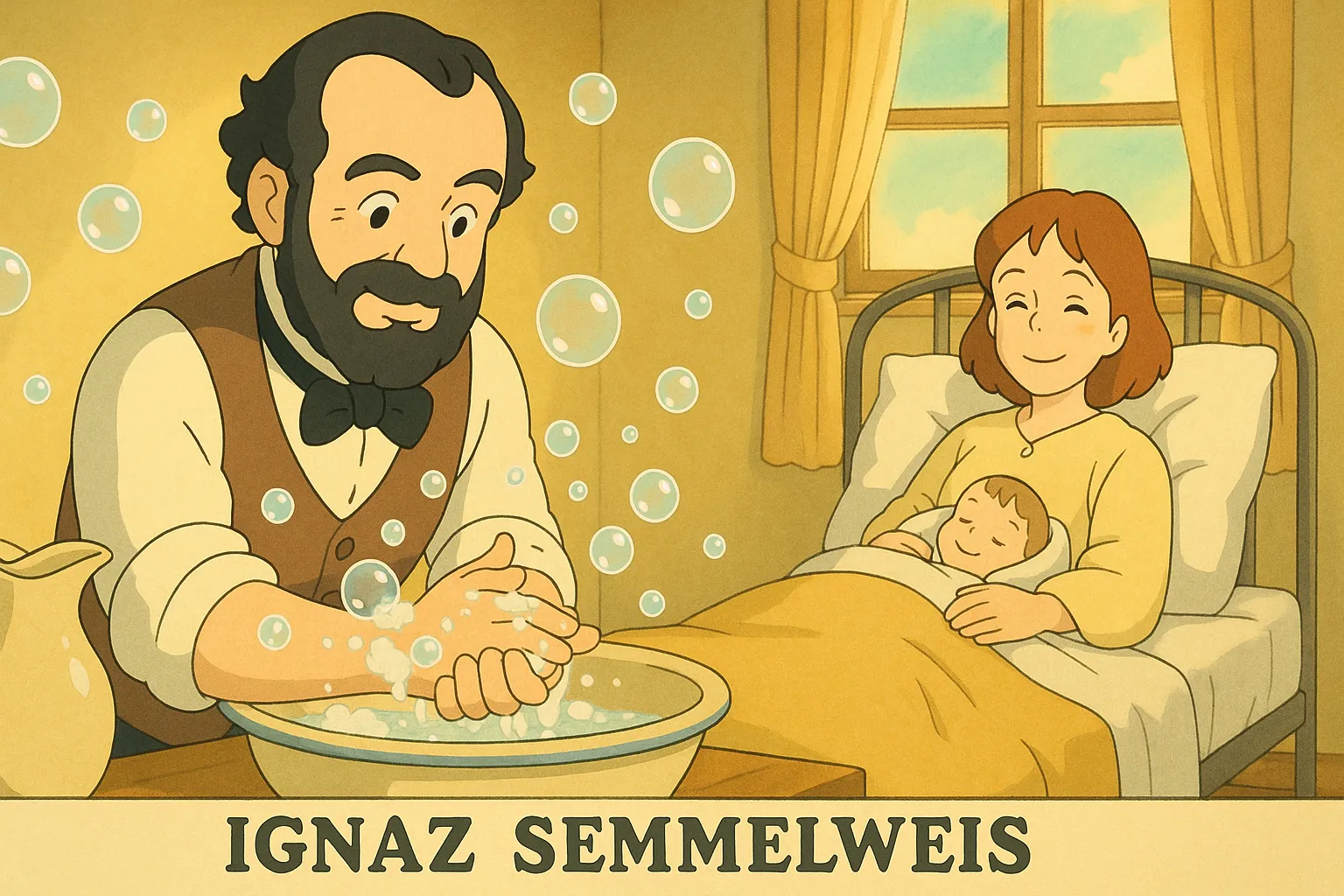
Frequently Asked Questions
Why didn't other doctors believe Semmelweis?
At the time people didn't yet know about germs. His idea seemed strange and went against accepted medical beliefs, so many doctors resisted change.
What did he ask doctors to use to wash their hands?
He introduced careful handwashing using a disinfecting solution (a chlorine-based rinse). Later, soap, water, and other antiseptics became common.
Did Semmelweis get credit while he was alive?
Not much. He faced resistance and struggled to convince colleagues. His discoveries were widely accepted only after germ theory and antiseptic surgery were developed.
How can I remember Semmelweis's lesson?
Wash your hands before eating and after the bathroom, sing a 20-second song while scrubbing, and remind friends—small habits protect many people.
